A range of teacher professional learning programs will be developed to accompany the Biodiversity of the Western Volcanic Plains online outreach...
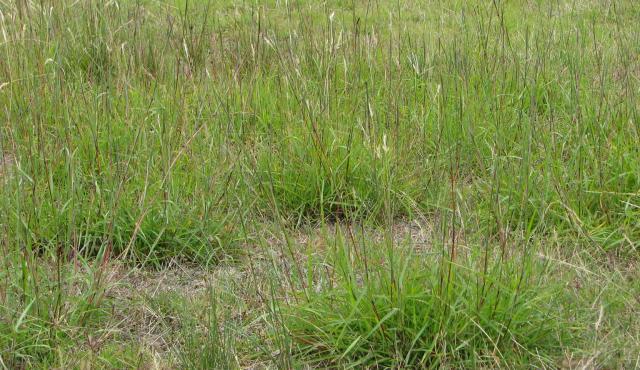
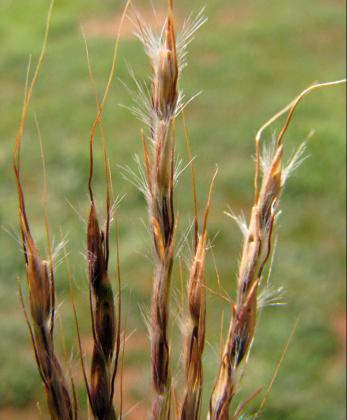
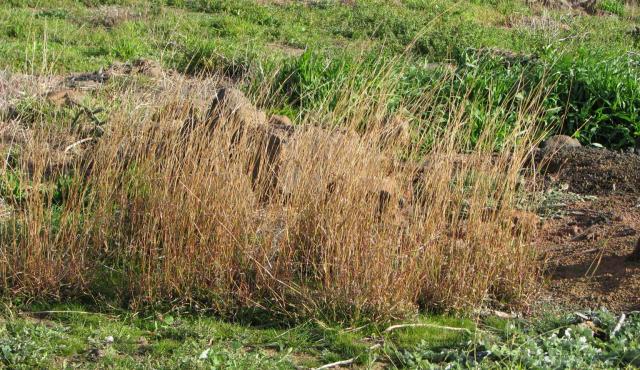
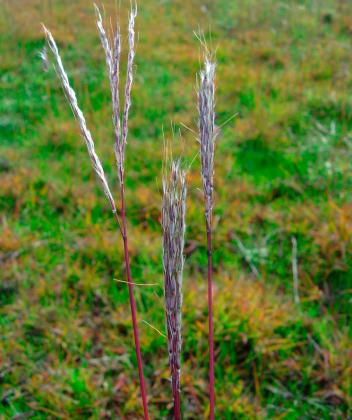
Red-leg Grass
Bothriochloa macra
Perennial with a lifespan of 5-25 years. Very drought tolerant and can resprout after fire. Can become the dominant species in native pasture heavily grazed by stock. Often found with Kangaroo Grass Themeda triandra in lightly grazed grasslands. Its growth tends to be most vigorous in summer.
| Details | Description |
| Type | Graminoid |
| Group | Grass |
| Identifying Characteristics | |
| Distinctive Features | Dark reddish-purple flower stems and seed heads. Awns (bristles on seeds) up to 20 mm long, twice bent, terminal, brown. |
| Life Form Group | Graminoid |
| Life Form Codes | Medium to Small Tufted Graminoid (MTG) |
| EVC types | EVC 132_61: Heavier-soils Plains Grassland EVC 132_62: Lighter-soils Plains Grassland |
| Native Status | Native to Australia |
| Taxonomy | |
| Phylum | Charophyta |
| Class | Equisetopsida |
| Order | Poales |
| Family | Poaceae |
| Genus | Bothriochloa |
| Species | macra |
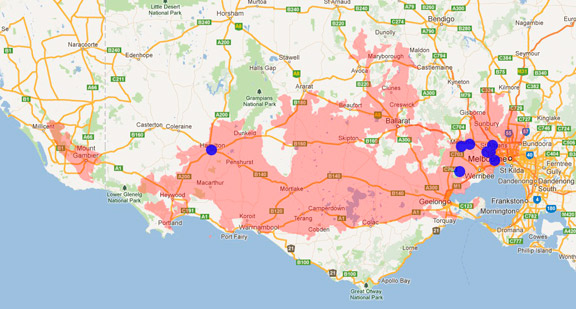
Distribution maps indicate current and historic locations where species have been sighted.
Source: Atlas of Living Australia
| Endangered Status | |
| DEPI Advisory List | Not listed |
| FFG Act | Not listed |
| EPBC Act | Not listed |
The conservation status of species is listed within Victoria and Australia.
The Department of Environment and Primary Industry (DEPI) Advisory List consists of non-statutory advisory lists of rare or threatened flora and fauna within Victoria.
The Flora and Fauna Guarantee Act 1988 (FFG Act) lists threatened species in Victoria. Under the Act, an Action Statement is produced for each listed species.
The Environment Protection and Biodiversity Conservation Act 1999 (EPBC Act) is the Australian Government’s key piece of environmental legislation, listing nationally threatened native species and ecological communities.



